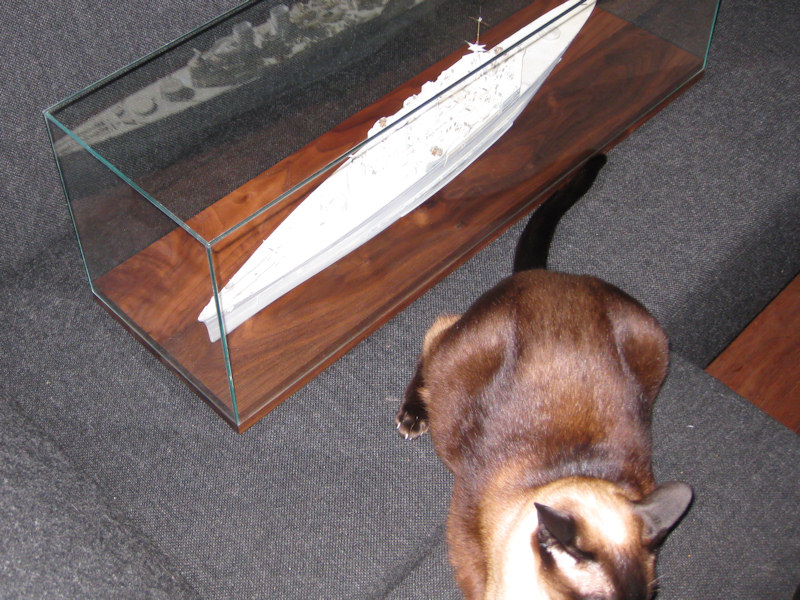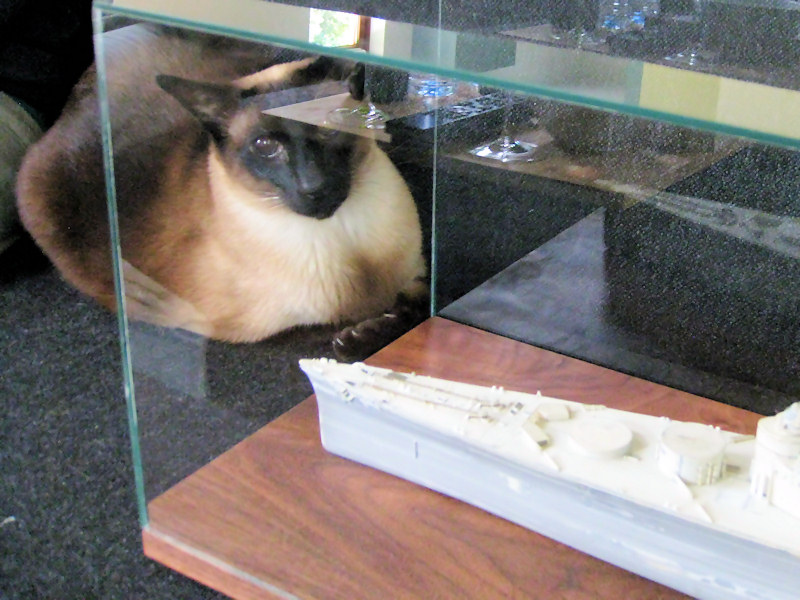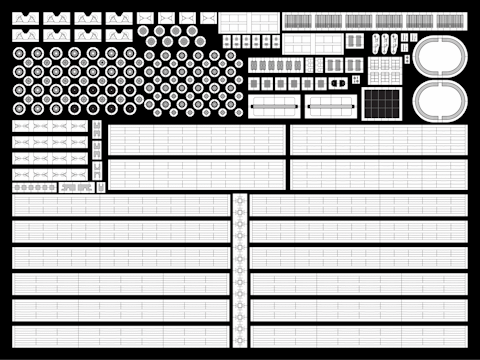Next to my love to reproduce tiny ship parts in excruciating detail I also have a serious audio addiction. I spend nearly all my free hours listening to music, either in the background or sitting between my 5 large speakers, enjoying a great performance. I am (was?) very happy with these speakers but I also made the mistake of listening to a pair large KEF reference-series speakers outperforming my then-current speakers by a very wide margin. Of course, I couldn’t afford 5 of those speakers at all, so do-it-yourself project would ‘have to do’.
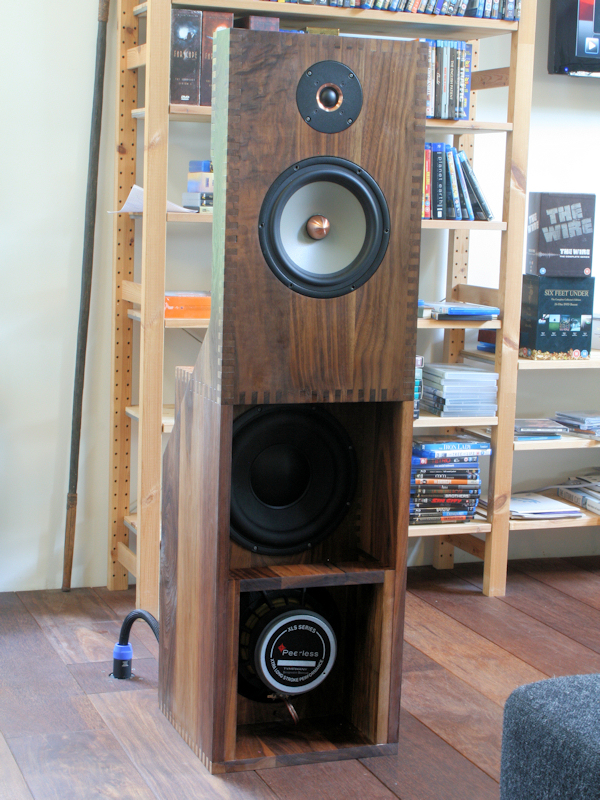
I read (part of) Dickason’s book, studied plans and building descriptions of many models, and read reviews of kit speakers. The most important thing I learned is that building a really good speaker of your own design will take many years of trial and error, studying, changing and tinkering and continuous revising. I already have a time-consuming hobby, so what I needed was a very good off-the-shelf design. Which one to use?
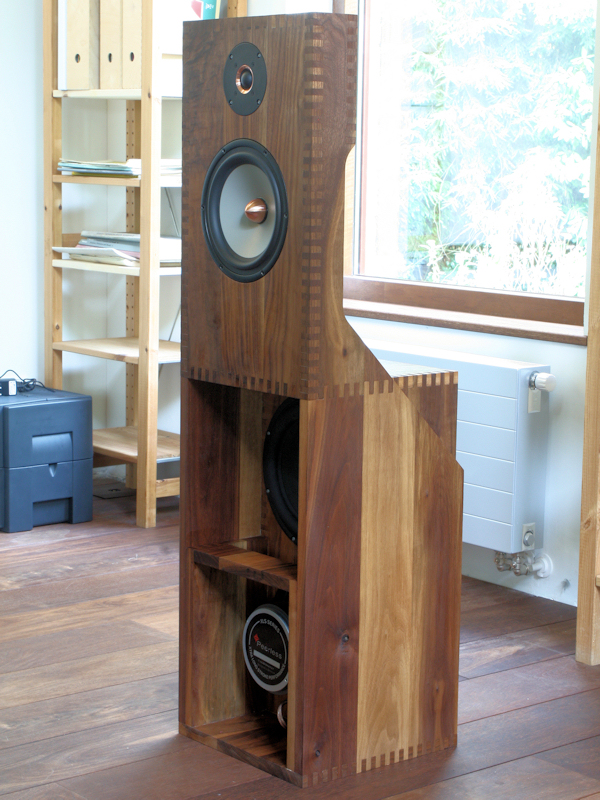
Getting good advice was difficult at first. Most audio magazines seem to have no understanding of electronics, acoustics and psychoacoustics. They’ll give good review to speaker cables and products that have no influence of the sound whatsoever. One of the more interesting and polemic websites running in the opposite direction is The Audio Critic, by Peter Aczel, who has written a few very interesting columns among which the seminal paper “The ten biggest lies in audio” which should be required reading for and adulated by every audio journalist. His wonderful review of the Orions carried a bit more weight and once intrigued I started noticing they are appreciated very well by people who design and build their own speakers and amplifiers (i.e., people who know what they are doing). Of course, I did pass the Orion website a few times, but was always taken aback a bit by the looks of the speaker; it’s not particularly becoming of speakers of expensive pedigree—not what I was aiming for —but let’s summarize it by saying they are not particularly easy on the eye. After reading up a bit I decided to buy the Orion plan set anyway, directly from the designer, Siegfried Linkwitz.
NEXT
Introduction
The plan
Design changes
Signal processing
The listening room
Production
Listening





